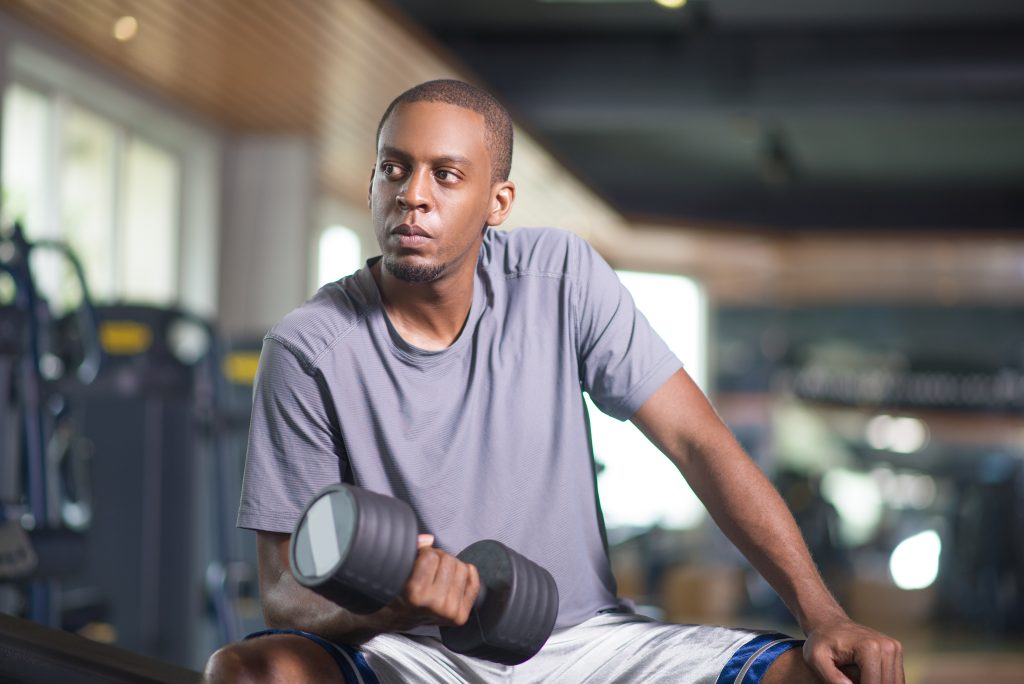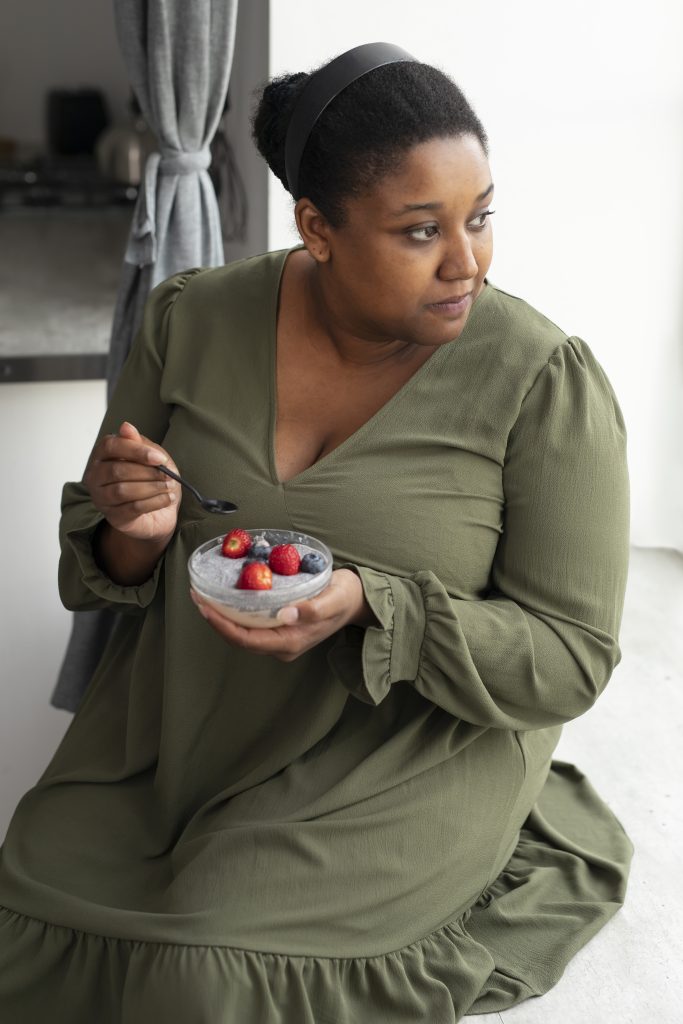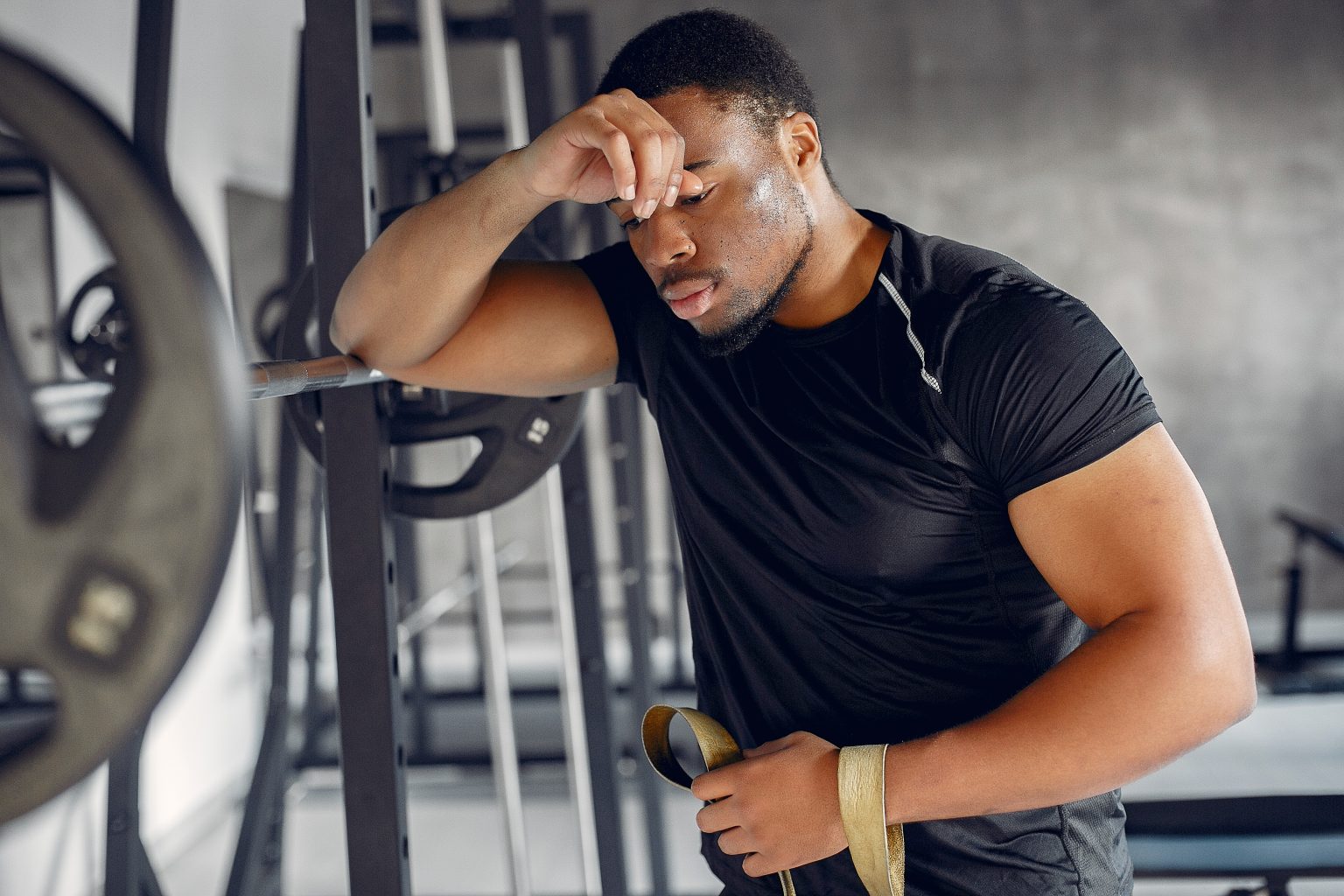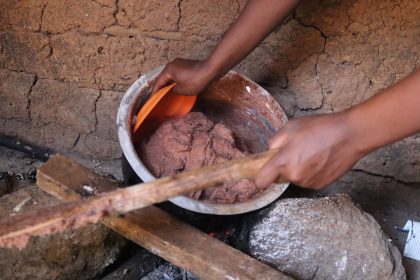Haemorrhoids – swollen veins in the rectum – can make sitting, walking and bathroom activities extremely uncomfortable, especially for gym lovers and pregnant women
Many young people hit the gym seeking that perfect physique, but few consider the potential downsides of improper weightlifting. While building muscle and strength are admirable goals, poor lifting technique can lead to unexpected health problems – including haemorrhoids, a painful condition that can make simple daily activities like sitting, walking, and going to the bathroom extremely uncomfortable.
This reality hit 26-year-old Tommie hard when he walked into his doctor’s office looking exhausted and unwell.

“Daktari, I really need your help. I’ve been lifting weights at the gym for several months now. But since last week, I can neither sit nor walk with ease.
“Additionally, emptying my bowels drives me crazy with pain. I’ve even noticed blood on the tissues after wiping,” he said with a taut cast on his face.
Tommie was suffering from haemorrhoids – swollen veins in his rectum and anus caused by his improper heavy weightlifting technique. His condition was severe enough to require surgery.
Haemorrhoids are swollen, enlarged veins that form inside or outside your rectum or anus. They’re also called piles. When left untreated, they can become painful, uncomfortable, and cause bleeding.
Warning signs to watch out for include bright red blood that is visible on toilet paper after bowel movements, an itchy anus, feeling like you need to poop again right after using the bathroom, and mucus in your underwear or on toilet paper after wiping.
Persistent coughing raises abdominal pressure, increasing the risk of haemmorhoids
Any activity that repeatedly increases pressure in your belly can cause the veins in your anus and rectum to swell. People at higher risk include heavy lifters. These are regular gym-goers like Tommie, bus conductors (makangas), and manual labourers who strain their muscles during daily activities. Others at risk are people with bathroom issues, such as those with chronic constipation or diarrhoea who strain during bowel movements.
Pregnant women, too, are on the line-up for haemmorhoids as the growing baby puts pressure on the pelvis, making haemorrhoids more common during pregnancy, as well as older adults—most commonly between the ages of 45-65 years due to weakened rectal veins, although younger people with risk factors can also be affected.
Other risk factors for haemmorhoids include family history as genetics can increase your risk; poor diet comprising low fibre and water intake that can cause constipation and straining; anal sex which can cause new haemorrhoids or worsen existing ones, overweight people whose extra body weight increases pressure on the rectum, and chronic coughers since persistent coughing raises abdominal pressure.
External haemmorhoids often develop blood clots, making them more painful and swollen
Haemmorhoids are classified into two differnt types, each with several categories. The first type – internal haemmorhoids – occur inside the rectum.
Internal haemmorhoids are further categorised as Grade 1 which don’t bulge out of the anus, Grade 2 which bulge out during straining but go back inside on their own, Grade 3 which bulge out during straining and must be pushed back in with your finger, and Grade 4 which are permanently bulged out and can’t be pushed back in.
The second type – external haemmorhoids – are located outside the anus and often develop blood clots, making them more painful and swollen than the internal ones.
While haemmorhoids cause a lot of pain and discomfort, there are cheap and easily achievable solutions one can use to prevent growth of haemmorhoids, and manage existing ones. First, drink plenty of water and eat more fibre as it softens stool and eases bowel movements. Don’t linger on the toilet (leave your phone out of the toilet) because sitting for long strains your bottom.
Kegel exercises help strengthen pelvic muscles for better support

Also, stay active through regular exercise to keep digestion smooth and prevent constipation. Treat chronic coughs, avoid lifting heavy objects, and don’t hold your breath when you lift.
For pregnant women who are at high risk, labour should be monitored closely during childbirth as prolonged pushing raises haemorrhoid risk.
For overweight women and those with jobs that require standing for long, kegel exercises will help strengthen pelvic muscles for better support. Maintaining a healthy weight also heps as extra kilos increase pressure and risk.
When it comes to treatment, early detection means simpler, non-invasive remedies. But advanced cases like Tommie’s may require surgery.
For Grades 1 and 2, treatment options include dietary and lifestyle changes, taking stool softeners and pain relievers, and regular sitz baths – warm saltwater baths that soothe the anal area.
For Grades 3 and 4, available tretament options are haemorrhoidectomy, which is surgical removal of the piles. In Kenya, this surgery costs around Ksh44,800 excluding other hospital expenses. Additional costs may apply, but if covered by the Social Health Insurance Fund (SHIF), some of the costs will be catered for.
Mental health impact includes irritation, frustration and anxiety about bowel movements
Beyond physical pain, haemorrhoids can affect your mental well-being. The difficulty sitting, constant pain, itching, and fear of bathroom visits can cause irritation and frustration, anxiety about bowel movements, avoidance of the toilet, which worsens constipation, and an endless cycle that makes haemorrhoids worse.
Haemorrhoids are preventable and treatable. Don’t wait for severe consequences when early prevention and management are possible. If you’re experiencing symptoms, seek medical help promptly – your quality of life doesn’t have to suffer.
Remember: proper lifting technique, good bathroom habits, and a healthy lifestyle can help you avoid ending up like Tommie, whose pursuit of fitness led to an unexpected and painful detour to the operating room.
Dr Rachel Kerubo is the Resident Medical Officer – Department of Internal Medicine, Nyamira County Referral Hospital





















